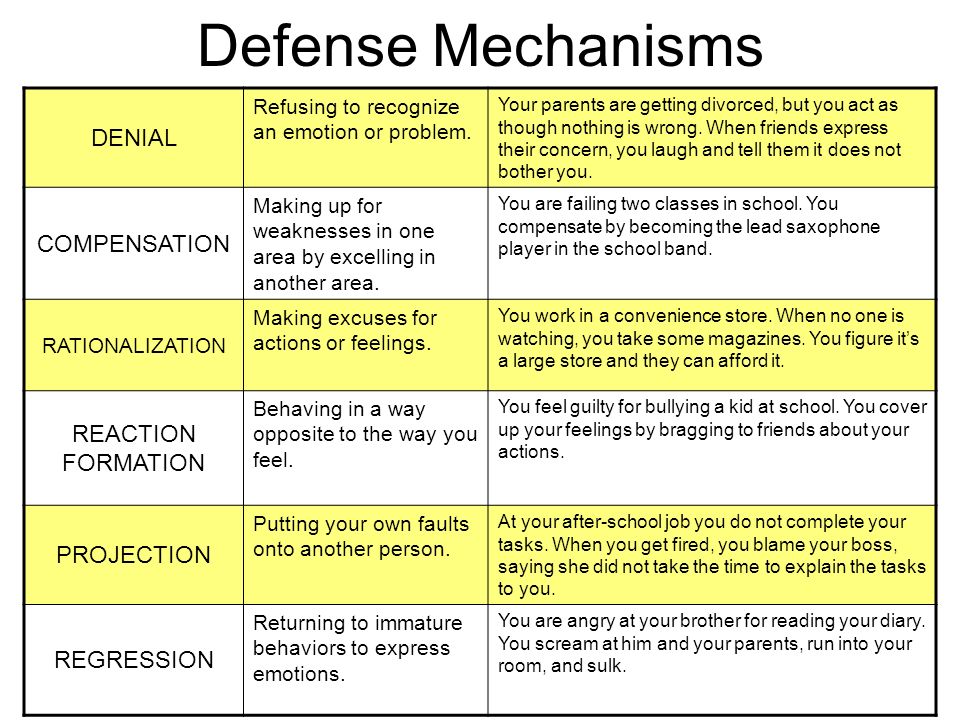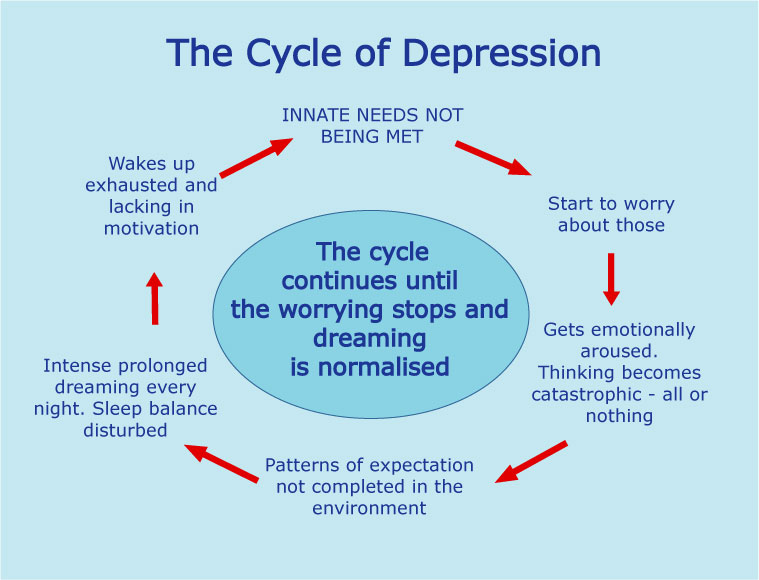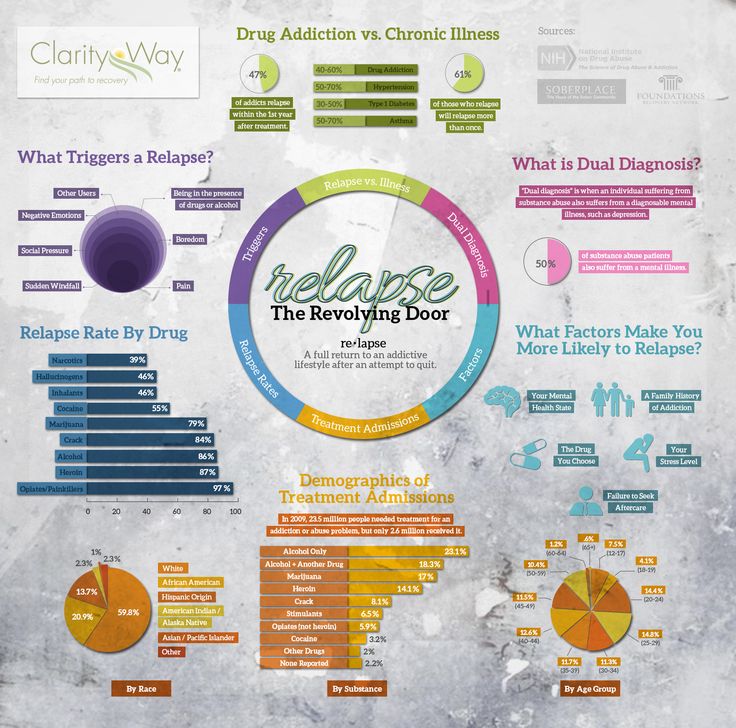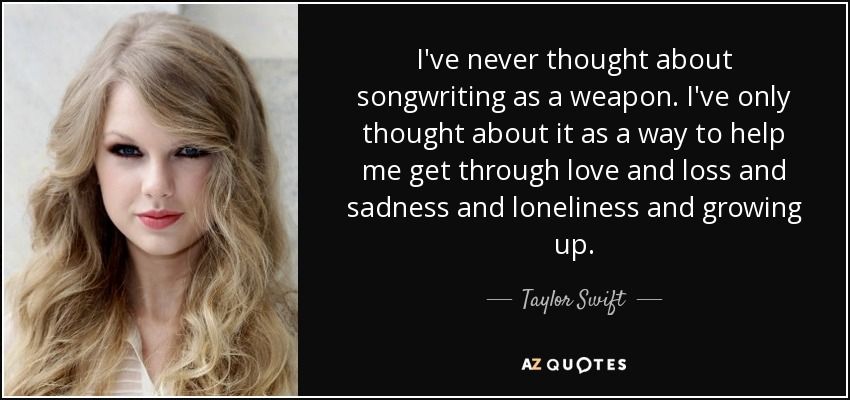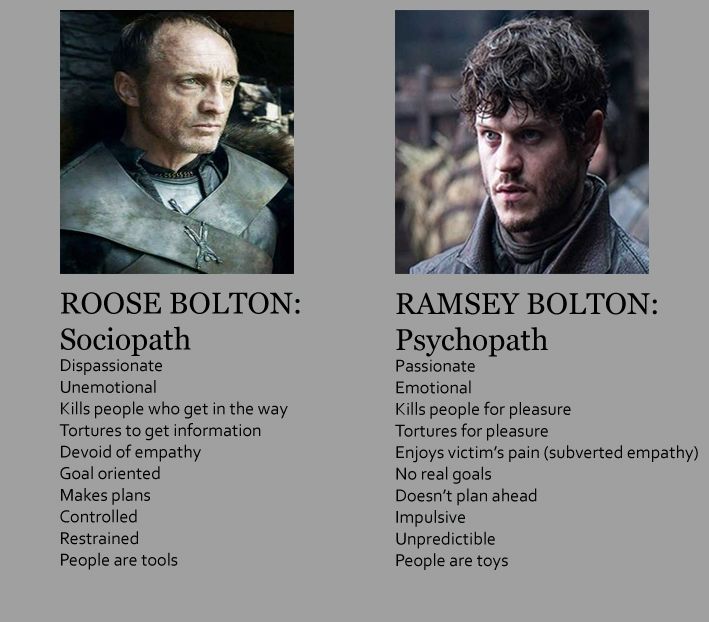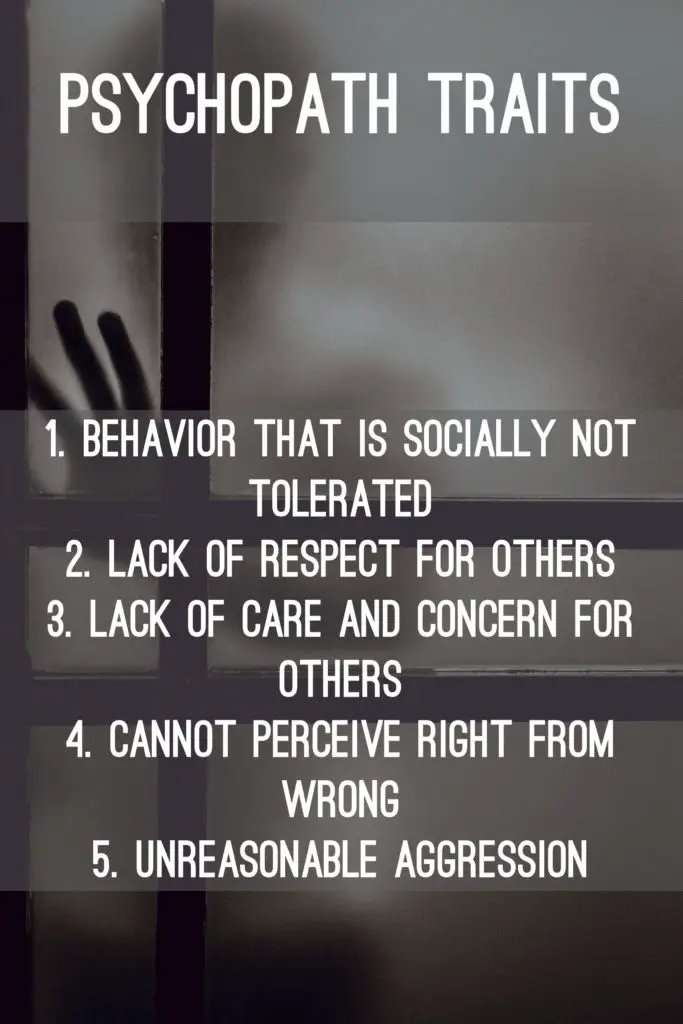An example of repression
some examples of category error concerning the concept
Critical Concepts: Repression (psychological): some examples of category error concerning the conceptCritical Concepts
Some examples of category error concerning the psychological concept of "repression"
There follow several examples of sentences from student papers that exhibit conceptual confusions about the psychological concept of "repression." (These appear in bold italic green font.) Each is followed by some commentary pointing out how the phrasing ends up committing the writer to a category violation. When you have finished thinking your way through this memo, you should have a pretty good grasp of the "logic" of the concept of repression: what its relationship is with other concepts that it connects with in the overall notion of "unconscious" phenomena.
Among these concepts are: the agent of the repression, the subject of the repression, the object (or target) of the repression, the motive(s) of the repression, conditions behind the motivation of the repression.
The story involves the protagonist's repression of his subconscious with the outside world.
Two problems here:
(1) The outside world is not something that is exploited as a means for carrying through repression.
(2) It is not the subconscious that gets repressed. (It is not the object of the act of repression. The object of repression is such stuff as wishes, feelings, fantasies.) Rather, the work of repression is to relegate wishes, feelings, fantasies to the subconscious. Or: the subconscious is "where" that which gets repressed ends up.
In both stories the main characters were faced with repression.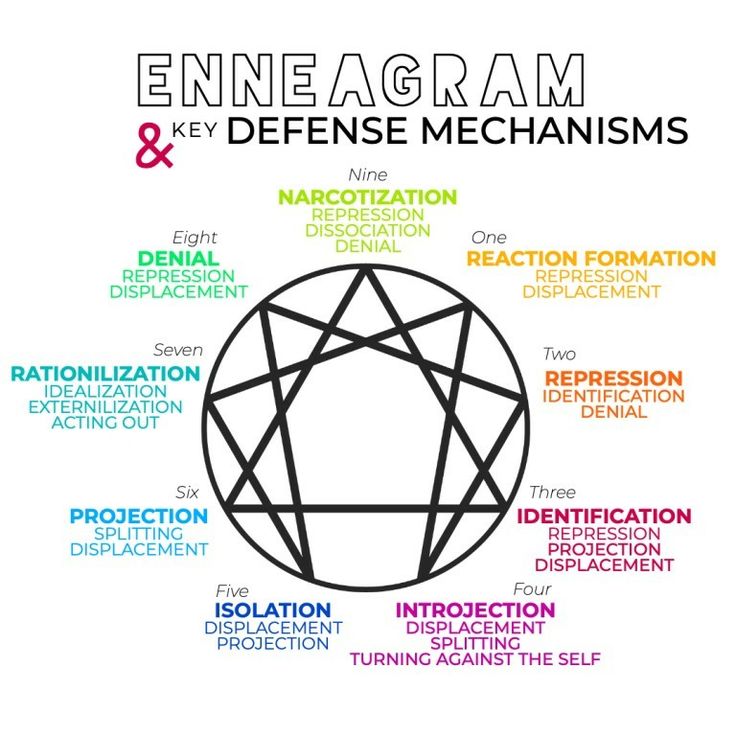
The misleading idiom here is not just a problem with word choice. It's a sign that some work remains to be done in the way of conceptual clarification. The phrase "[they] were faced with repression" implies that repression was something that was done to or imposed upon them by some external force beyond their control - as if we were dealing here with (say) police repression or political oppression, or the (social) repression of a woman by her husband. But the topic here is psychological repression, which is something that a person carries through upon or "within" himself or herself.
Of course external circumstances beyond the person's control (or mistakenly regarded as such) can motivate such repression. But such repression is not itself to be found among external circumstances. As a psychological phenomenon, it is "internal." Hence one can't be "faced with" it.
Can the idea of "being faced with" something unpleasant have any intelligible application in connection with the concept of psychological repression? Indeed it can.
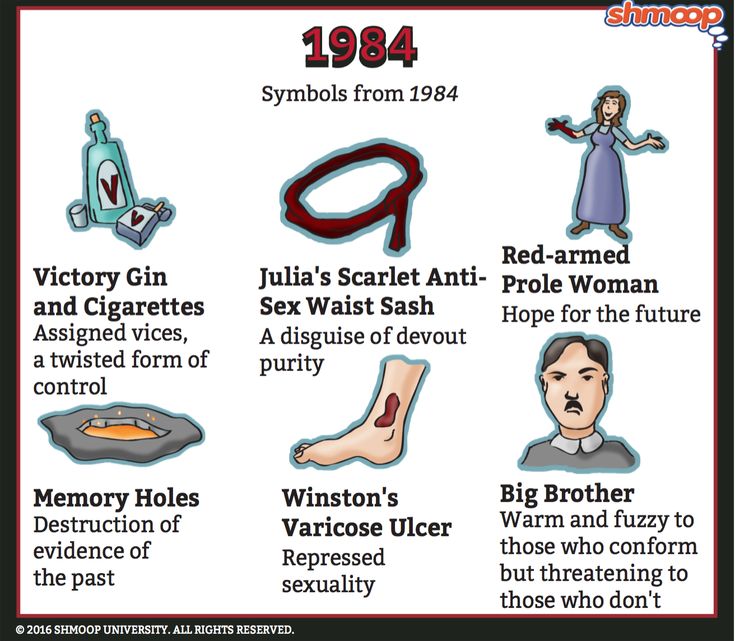
Repression is one possible response to something unpleasant. For example, if a person is confronted with a fact about himself that he finds unbearably shameful (a discreditable wish, a degrading fantasy, an embarrassing physical feature), one option is to banish it from awareness, to pretend that it doesn't exist. This may require a great deal of energy - of misinterpretation, of distraction - and even so will not succeed in actually ridding the self of the element in question. The most that will be accomplished is to disguise the continued presence (in the body, in the subconscious) of the unacceptable fact. And if what we are avoiding awareness of is our wishes, fears, anger, etc., and the fantasies based on them, then - so goes the theory - these will still be active in influencing our behavior and our conscious feelings & fantasies in ways we will be driven to devise "acceptable" but false explanations for.
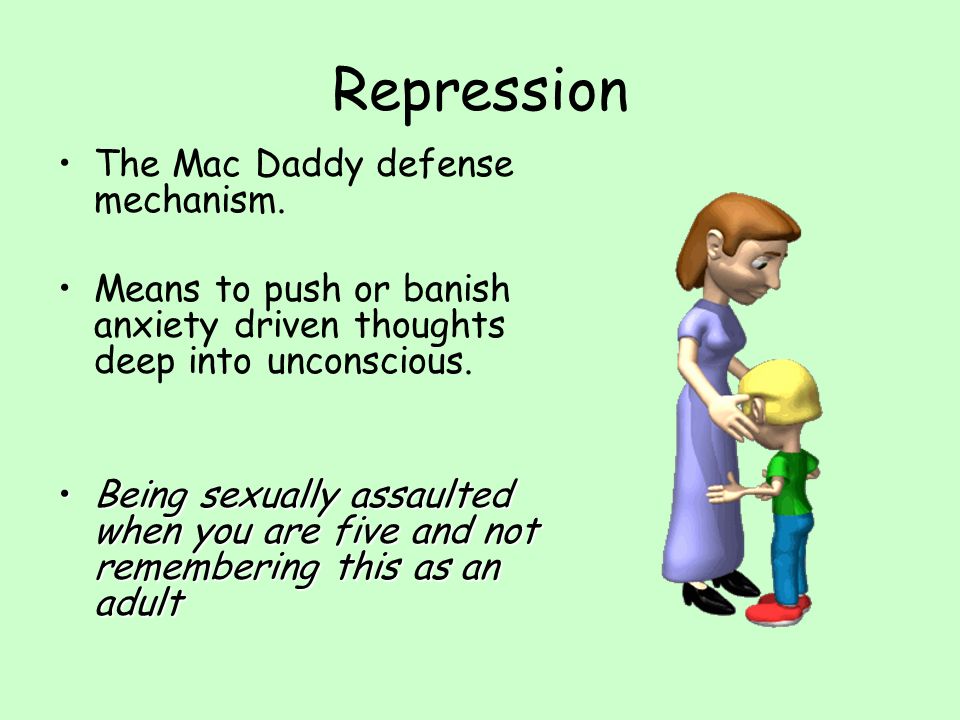
Our feelings may seem puzzling, our fantasies nonsensical. But at least they will appear innocent. We will find "reasons" for what we do, but these will be rationalizations.
In all this, though, it is not that one is "confronted with" repression. Rather, repression is a strategy that one adopts to cope (or, if you prefer, to avoid coping with) something one is "faced with."
She held in her repressions but in the end flickers back to her memories.
Repression itself is a form of "holding in," not something that gets "held in."
She clarifies her repression by realizing she has a right to freedom.
To "clarify one's repression" would be something like becoming aware of the tactics or devices by which one accomplishes one's various repressions.
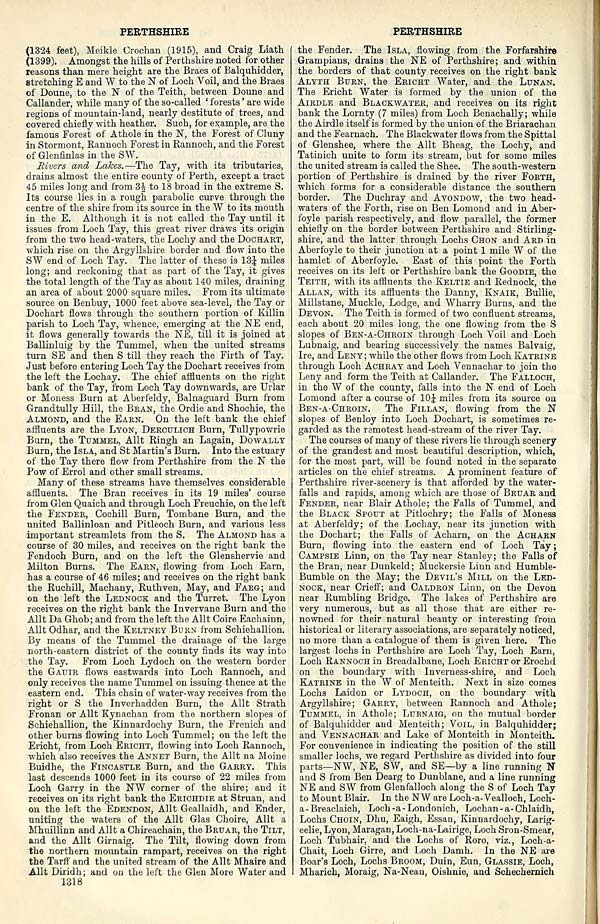
She expresses her repressions by hurting others around her.
Symptoms are expressions of what underlies them, and repression is one of the factors that leads to certain kinds of symptoms. Still, the sentence here doesn't come off, conceptually.
We could work around this conceptual glitch by asking, say, "What exactly is it that she is expressing by hurting others around her?" or (something somewhat different) "What exactly is it that she is expressing in ways that end up hurting others around her?"
A person might (in answer to the first) be expressing his resentment towards his mother by insulting his teacher.
Or (in answer to the first) a person might be expressing his need for admiration from his friends by showing off in ways that leave them feeling incompetent and diminished.

In either of these sorts of cases, repression might be at work (or it might not). The agent might be so ashamed of the idea that he would resent his mother, or that he would be in desperate need of her friends' attention, that he managed to disguise this fact from himself. And the fact that these feelings were repressed might either intensify their disguised repression or at least render the agent unable to recognize the inappropriateness of his "transferred" behavior towards these innocent others and so take steps to prevent it. If this were so, then it would make sense to say that his repression of these feelings contributed something of its own to the injuries wrought.
But this injurious behavior would be an expression of his repressed feelings, not "of his repression.
"
The targets of the protagonist's repression lie in her situation and the facts of the scene in which she finds herself. [The sentence is from an essay on Charlotte Perkins Gilman's story "The Yellow Wallpaper," in which the protagonist-narrator gradually begins to experience hallucinations in connection with the wallpaper of the room to which she has been confined for recovery from a mysterious psychological ailment that has befallen her after the birth of a child.]
Note that this way of putting things supposes that the things she sees are objective in the first place. But fairly early in the story (by when?) she starts experiencing things in the wallpaper that we are bound to take as her projection upon it.
The "target" of a repression is what the repression works upon, what gets repressed (or what the person at least seeks to repress).
Hence this can't be the wallpaper itself. Nor can it be what the protagonist consciously sees or things she sees in the wallpaper. It will be, rather, what her visions are projections of, in her. These will be properties of herself (wishes or fears, fantasies motivated by these wishes or fears) that, insofar as she has repressed them, are not something that she recognizes for what they are. Her conscious fantasies (which as it happens she takes as perceptions) express these, but in a form so disguised to her that they seem, to her, something else (in this case, properties of the wall or wallpaper). To identify the target of her repressions then, we need to "decode" her conscious experiences of the things going on with the wallpaper into an account of things really going on in her.
After this (but only after) are we in a position to push the inquiry to the next stage, and explore what motives there might be for her denying to herself that she really has these particular wishes, fears, and/or fantasies.

The character's repressions are motivated by internal, rather than external, factors.
Psychological repression -- as distinct from various forms of social repression (whether by the police or more informally, by neighbors and friends) -- is carried through internally. It is the subject of the repression himself who is its agent: that is, it is he who carries it through upon himself. In general terms the motive is to alleviate what would otherwise be a painful internal conflict by denying (but actually only removing from consciousness) the reality of one of the "sides" that would constitute that conflict. Typically the side of the conflict that gets repressed is a wish or fear (with its attendant fantasies) that (1) truly belongs to the person carrying through the repression but that (2) is inconsistent with other facts -- commitments, ideals -- that the person wants to continue to believe are unequivocally "properties of" himself.
But these latter properties -- which we could call "virtues" -- are principles of self-respect that the person has "internalized" from the social world in which he lives.
The action of repression is therefore always internal. Its proximate motivation is always internal (avoidance of painful conflict -- i.e., shame and/or guilt. But its ultimate condition must be sought externally: in society.
His death was brought on by a mysterious illness, which I believe was unhappiness.
This example doesn't involve the concept of repression, but it does evince a confusion connected with a couple of important general causal notions that play a role in the larger complex of ideas within which the idea of repression functions, namely the concepts of symptom and underlying condition.
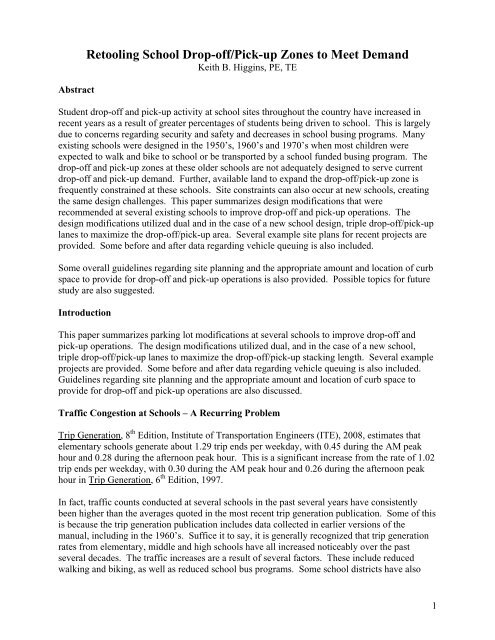
It doesn't make sense to treat unhappiness as an illness. There are two distinct reasons for this.
(1) Stress, anxiety, grief -- specific kinds of unhappiness -- might be the causes of certain illness. (We call such illnesses "psychosomatic.") And of course many illnesses (cancers, to take just one broad class of example) are the cause of unhappiness. (Suffering of various sorts is in other words one of their symptoms). But it is a logical confusion to identify unhappiness as an illness.
(2) Healthy people can be unhappy, as when they are the victims of disaster (for example the death of a child) or when they suffer appropriate guilt for a wrong they have done.
Read about the concept of "psychological repression.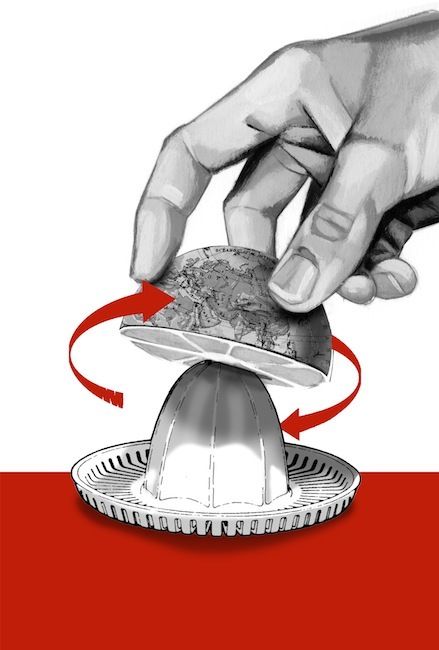 "
"
Check out the analogy Freud used to explain to his first American audience the ideas of consciousness, censorship, repression, the unconscious, the return of the repressed, and various the expressions of the latter (neurotic symptoms, parapraxes ["slips" of the tongue, etc.), and the manifest content of dreams.
Check out the parable Freud used to explain the alternatives to repression.
Even if one believes in the existence of an unconscious resulting from motivated repression, the concept of self-deception per se is more general than this. Since it is a quite prevalent factor in human affairs, and since so many interesting -- and sometimes disastrous -- behaviors result from it, it has exercised the attention of philosohers and of psychologists outside the psychoanalytic tradition -- and, of course, of fiction writers, poets and dramatists.
Go to the Index of the Glossary of Critical Terms.
Go to the Home Page of the course.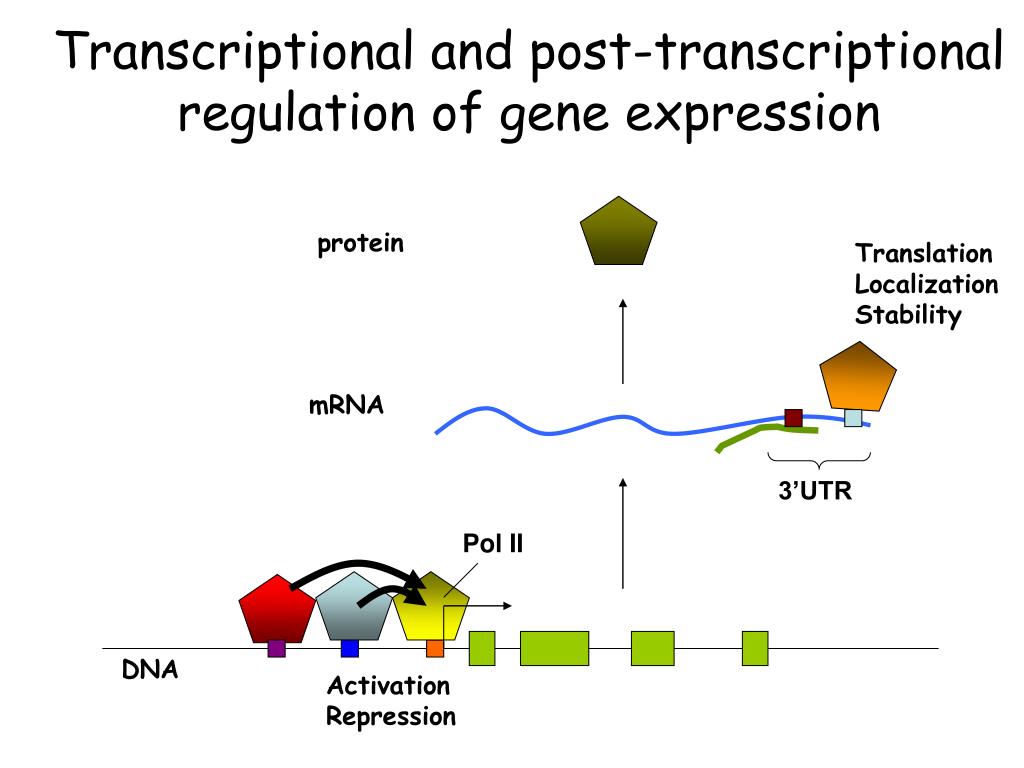
Suggestions, comments and questions are welcome. Please send them to [email protected] .
Contents copyright 1999, 2007 by Lyman A. Baker.
Permission is granted for non-commercial educational use; all other rights reserved.
This page last updated 07 March 2007.
Suppression and Repression - Defense Mechanisms
Repression and suppression are very similar defense mechanisms, which people use in order for them to cope with a stimulus that can harm them.
What is suppression?Suppression is a useful psychological mechanism; here we force the unwanted information out of our awareness. We consciously choose to not indulge in conscious thought, feeling or action even though we are aware of it. This permits us to focus on our affairs without being distracted by every impulse that arises, and without having to act on those impulses.
We suppress because of the impulse’s inappropriateness with regard to the situation or because of time constraints in which we feel that “I just can’t deal with that right now.”
For example, a wife may be peeved about her husband’s behaviour. Because of some guests around her, she may control her reaction and decide to bring it up later when no one is around them. Until the guests are around, she may continue chatting/serving them, internally she may tell herself “I need to look after the guests, forget about him right now, I’ll speak to my husband later.” Thus, she is focusing on the other areas, managing feelings of anger, and controlling her actions in the present, consciously. This is helpful because she is buying time to take action.
What is repression?Repression, also known as dis-associative amnesia, is similar to suppression but it involves unconsciously forgetting or blocking some unpleasant thoughts, feelings and impulses. Individuals might use repression to become unconscious about traumatic past memories.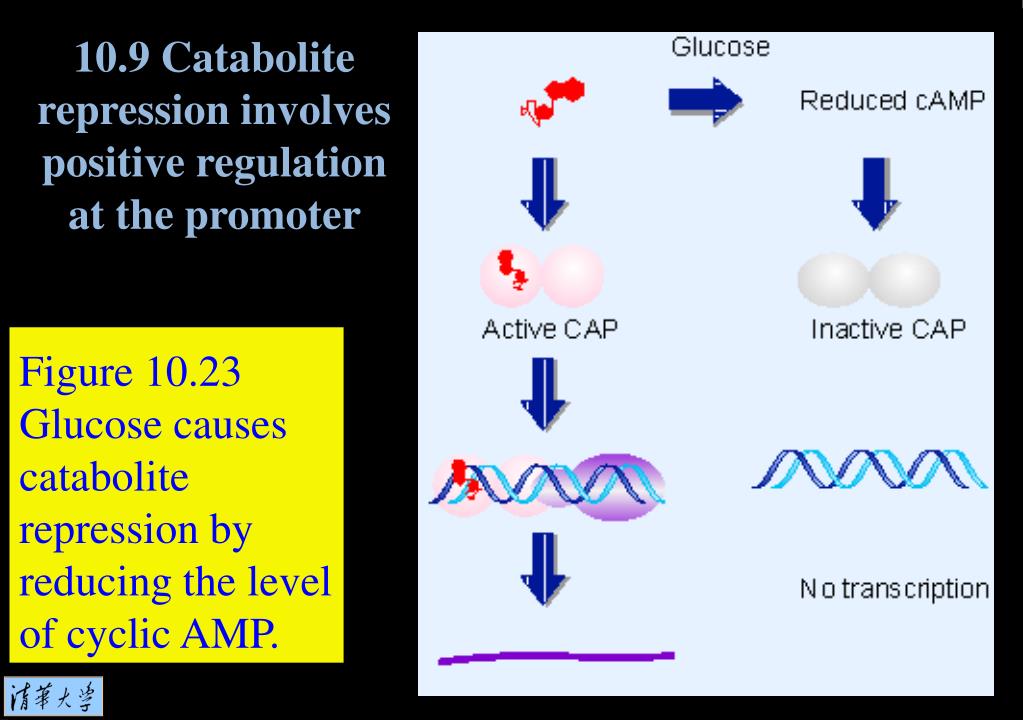 Some examples of repression include:
Some examples of repression include:
- A person having no recollection of the abuse suffered during childhood
- A man having no recollection of an accident he had met with
- A woman having no recollection of intense pain she had gone through during childbirth
This is helpful in the short run because it is saving the person from the intense negative emotions associated with these memories. However, these memories don’t just disappear; they manifest through a symptom, or series of symptoms and may continue to influence our behaviour. In the first example above, the person may find it difficult to get into relationships later or in the second one, the man may develop a fear of driving without knowing the reason behind the same.
Thus, the protective purpose that repression has also given us side effects, which may cause hindrance.
So, how is it different from forgetting?One can overlook unimportant information or even the information that is a part of our normal routine life but forgetting important information in the absence of more important aspects is more unconscious in nature.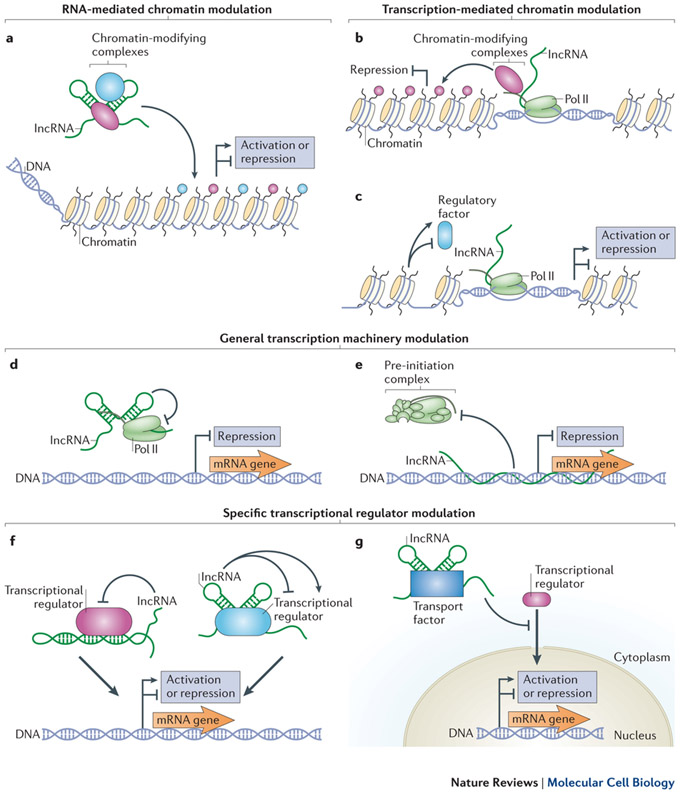 Normal forgotten material can be recalled due to a trigger e.g. I forgot to call the doctor for an appointment; later a phone ring may remind me about the same. Repression is on the other hand unconsciously forgetting an idea, an incident, or an experience. Just a normal/routine trigger may not be enough to recover these repressed memories.
Normal forgotten material can be recalled due to a trigger e.g. I forgot to call the doctor for an appointment; later a phone ring may remind me about the same. Repression is on the other hand unconsciously forgetting an idea, an incident, or an experience. Just a normal/routine trigger may not be enough to recover these repressed memories.
Suppression vs Repression
Freud mentioned; suppression is generally considered to have more positive results than repression. First, it deals with unpleasant but not extremely contemptible actions or thoughts. It can be a good idea to focus on one thing at a time, suppressing other problems until that one is solved like the wife’s example mentioned above. Counting to ten when angry before taking action is a good example of suppression, this technique is also very useful in everyday life.
As an adult the person who has repressed an incident cannot get to this material by a conscious act of will; it’s simply not available. On the other hand, suppressed material can often be recalled, since the act of suppression is more the result of conscious intention.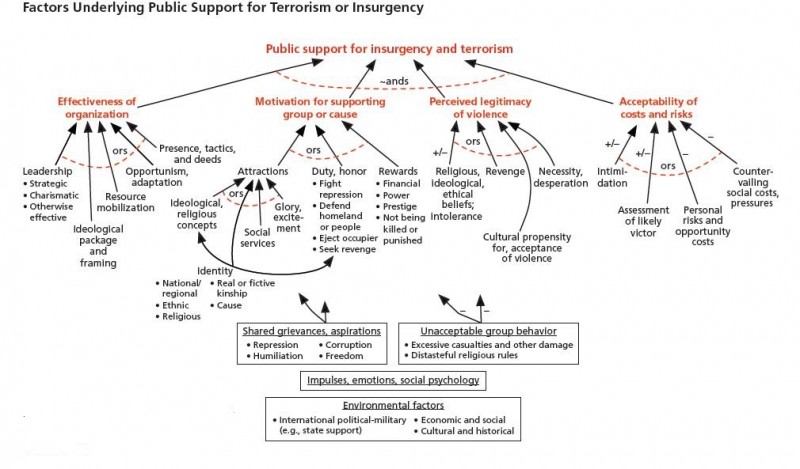
Now that we understand repression and suppression both, it is quite clear that both serve a purpose in the short run but may lead to complications in the long run.
If you would like to learn to help clients deal with issues resulting from Suppression and Repression, check out the comprehensive course on an eclectic approach to psychotherapy, Cognitive Hypnotic Psychotherapy Diploma.
Repressions in the USSR in the 20-30s: causes, events, victims
Mass repressions in the USSR were carried out in the period 1927-1953. These repressions are directly associated with the name of Joseph Stalin, who during these years led the country. Social and political persecution in the USSR began after the end of the last stage of the civil war. These phenomena began to gain momentum in the second half of the 1930s and did not slow down during the Second World War, as well as after its end. Today we will talk about what the social and political repressions of the Soviet Union were, consider what phenomena underlie those events, and also what consequences this led to.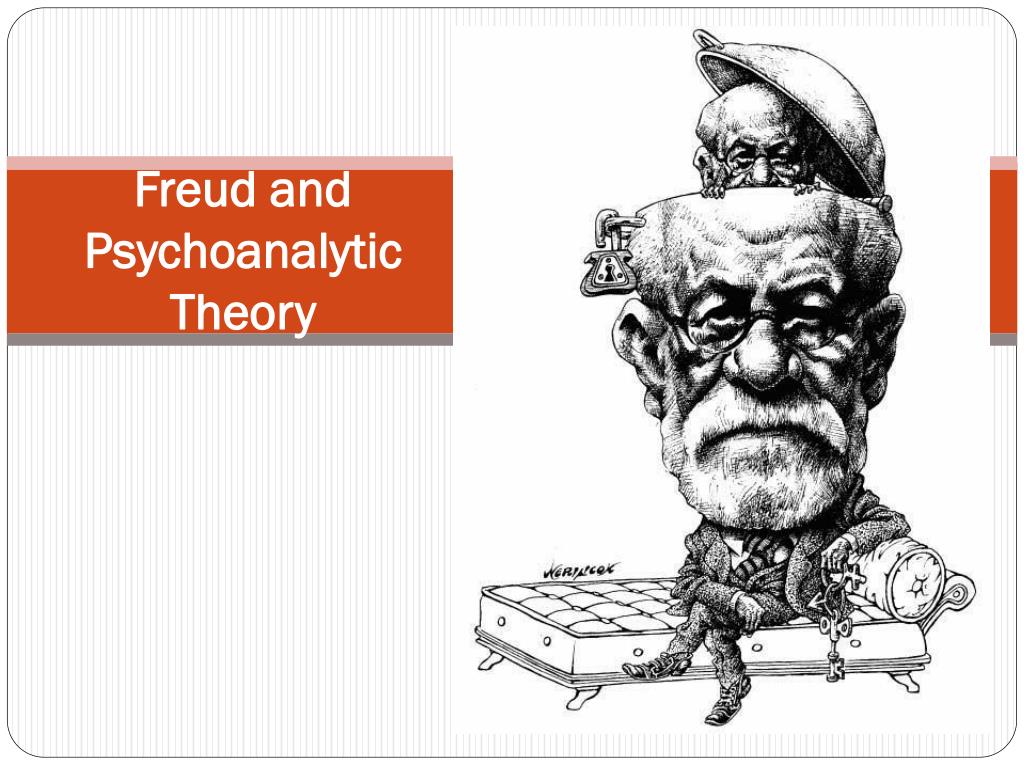 nine0003
nine0003
They say: a whole people cannot be suppressed without end. Lie! Can! We see how our people have become devastated, run wild, and indifference descended on them not only to the fate of the country, not only to the fate of their neighbor, but even to their own fate and the fate of children. Indifference, the last saving reaction of the body, has become our defining feature . That is why the popularity of vodka is unprecedented even in Russia. This is a terrible indifference, when a person sees his life not punctured, not with a broken corner, but so hopelessly fragmented, so up and down filthy that only for the sake of alcoholic oblivion is it still worth living. Now, if vodka were banned, a revolution would immediately break out in our country. nine0003 Alexander Solzhenitsyn
Beginning of repressions in the Soviet Union
Reasons for repression:
- Coercion of the population to work on a non-economic basis. A lot of work had to be done in the country, but there was not enough money for everything.
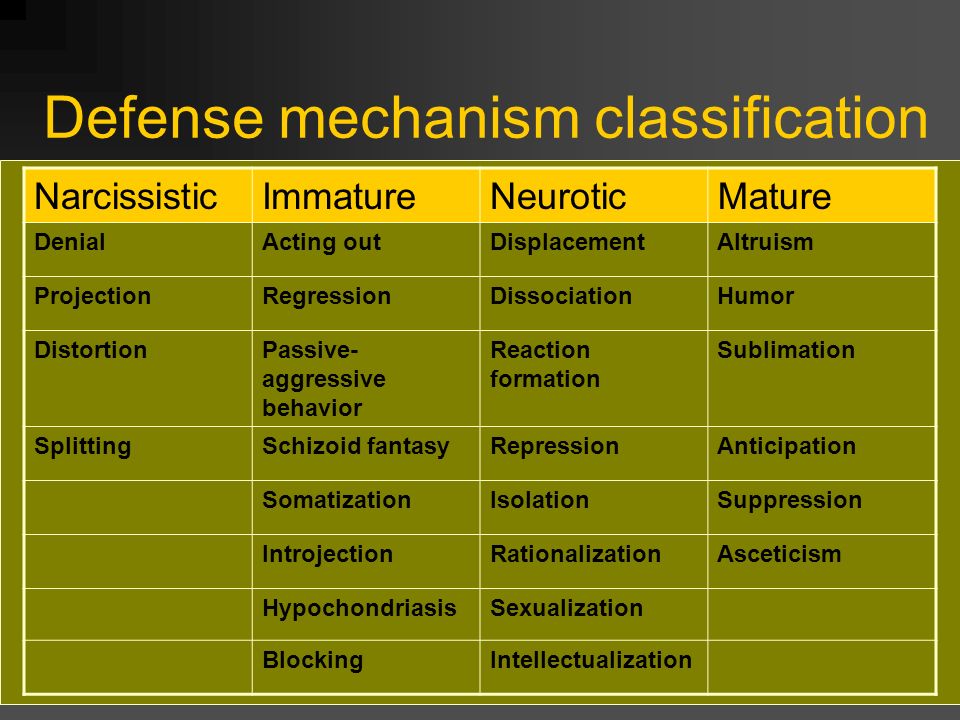 The ideology formed new thinking and perception, and also had to motivate people to work practically for free.
The ideology formed new thinking and perception, and also had to motivate people to work practically for free. - Strengthening personal power. For the new ideology, an idol was needed, a person who was unquestioningly trusted. After the assassination of Lenin, this post was vacant. Stalin had to take this place. nine0012
- Strengthening the exhaustion of a totalitarian society.
If you try to find the beginning of repression in the union, then the starting point, of course, should be 1927. This year was marked by the fact that mass executions began in the country, with the so-called pests, as well as saboteurs. The motive of these events should be sought in the relations between the USSR and Great Britain. So, at the beginning of 1927, the Soviet Union was involved in a major international scandal, when the country was openly accused of trying to transfer the seat of the Soviet revolution to London.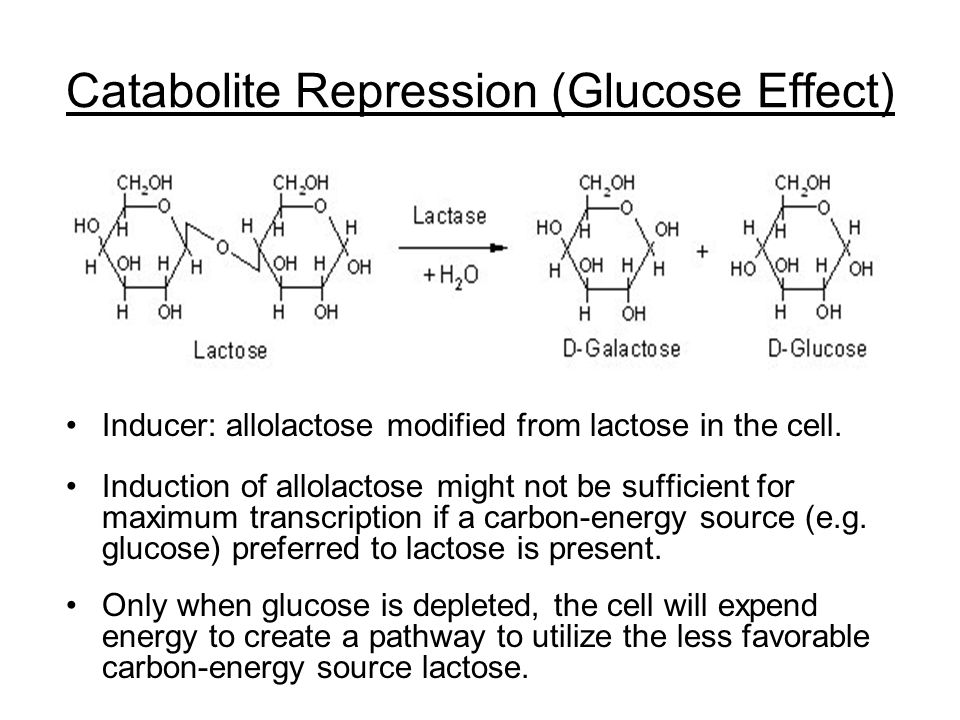 In response to these events, Great Britain severed all relations with the USSR, both political and economic. Inside the country, this step was presented as London's preparation for a new wave of intervention. At one of the party meetings, Stalin declared that the country "needs to destroy all remnants of imperialism and all supporters of the White Guard movement." Stalin had an excellent reason for this on June 7, 1927 years old. On this day, the political representative of the USSR, Voikov, was killed in Poland.
In response to these events, Great Britain severed all relations with the USSR, both political and economic. Inside the country, this step was presented as London's preparation for a new wave of intervention. At one of the party meetings, Stalin declared that the country "needs to destroy all remnants of imperialism and all supporters of the White Guard movement." Stalin had an excellent reason for this on June 7, 1927 years old. On this day, the political representative of the USSR, Voikov, was killed in Poland.
As a result, terror began. For example, on the night of June 10, 20 people who contacted the empire were shot. They were representatives of ancient noble families. In total, in June 27, more than 9 thousand people were arrested, who were accused of treason, aiding imperialism and other things that sound menacing, but are very difficult to prove. Most of those arrested were sent to prison. nine0003
Pest control
After that, a number of major cases began in the USSR, which were aimed at combating sabotage and sabotage.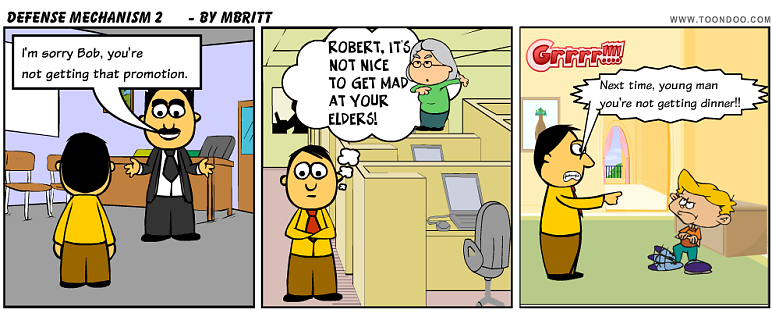 The wave of these repressions was based on the fact that in most large companies that operated within the Soviet Union, senior positions were occupied by people from imperial Russia. Of course, most of these people did not feel sympathy for the new government. Therefore, the Soviet regime was looking for pretexts by which this intelligentsia could be removed from leadership positions and, if possible, destroyed. The problem was that it needed a weighty and legal basis. Such grounds were found in a number of lawsuits that swept through the Soviet Union in the 1920s. nine0003 Pest and saboteur control
The wave of these repressions was based on the fact that in most large companies that operated within the Soviet Union, senior positions were occupied by people from imperial Russia. Of course, most of these people did not feel sympathy for the new government. Therefore, the Soviet regime was looking for pretexts by which this intelligentsia could be removed from leadership positions and, if possible, destroyed. The problem was that it needed a weighty and legal basis. Such grounds were found in a number of lawsuits that swept through the Soviet Union in the 1920s. nine0003 Pest and saboteur control
Among the most striking examples of such cases are the following:
- Shakhty business. In 1928, repressions in the USSR affected miners from Donbass. A show trial was staged from this case. The entire leadership of Donbass, as well as 53 engineers, were accused of espionage with an attempt to sabotage the new state. As a result of the trial, 3 people were shot, 4 were acquitted, the rest received prison terms from 1 to 10 years.
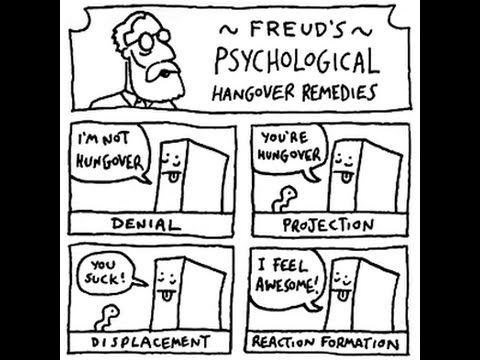 It was a precedent - society enthusiastically accepted the repressions against the enemies of the people ... In 2000, the Russian prosecutor's office rehabilitated all the participants in the Shakhty case, in view of the lack of corpus delicti. nine0012
It was a precedent - society enthusiastically accepted the repressions against the enemies of the people ... In 2000, the Russian prosecutor's office rehabilitated all the participants in the Shakhty case, in view of the lack of corpus delicti. nine0012 - Pulkovo case. In June 1936, a large solar eclipse was supposed to be visible on the territory of the USSR. The Pulkovo Observatory appealed to the world community to attract personnel to study this phenomenon, as well as to obtain the necessary foreign equipment. As a result, the organization was accused of espionage. The number of victims is classified.
- Case of the industrial party. The defendants in this case were those whom the Soviet authorities called bourgeois. This process took place at 1930 year. The defendants were accused of trying to disrupt industrialization in the country.
- Case of the peasant party. The Socialist-Revolutionary organization is widely known, under the name of the Chayanov and Kondratiev groups.
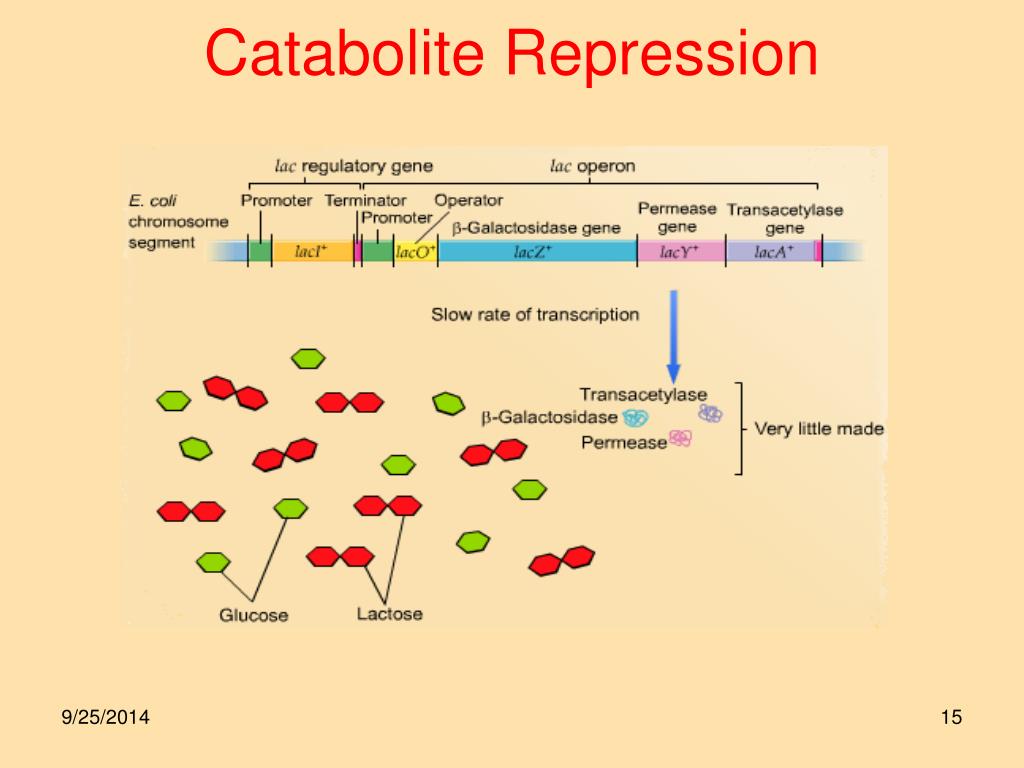 In 1930, representatives of this organization were accused of trying to disrupt industrialization and interfering in agricultural affairs.
In 1930, representatives of this organization were accused of trying to disrupt industrialization and interfering in agricultural affairs. - Union Bureau. The Union Bureau case was opened in 1931. The defendants were representatives of the Mensheviks. They were accused of undermining the creation and implementation of economic activity within the country, as well as having links with foreign intelligence. nine0012
At that moment a massive ideological struggle was taking place in the USSR. The new regime tried with all its might to explain its position to the population, as well as to justify its actions. But Stalin understood that ideology alone could not bring order to the country and could not allow him to retain power. Therefore, along with ideology, repressions began in the USSR. Above, we have already given some examples of cases from which repressions began. These cases have always raised big questions, and today, when the documents on many of them have been declassified, it becomes absolutely clear that most of the accusations were unfounded. It is no coincidence that the Russian prosecutor's office, having examined the documents of the Shakhtinsk case, rehabilitated all participants in the process. And this despite the fact that at 19In 1928, none of the country's party leadership had any thought about the innocence of these people. Why did this happen? This was due to the fact that, under the guise of repression, as a rule, everyone who did not agree with the new regime was destroyed.
It is no coincidence that the Russian prosecutor's office, having examined the documents of the Shakhtinsk case, rehabilitated all participants in the process. And this despite the fact that at 19In 1928, none of the country's party leadership had any thought about the innocence of these people. Why did this happen? This was due to the fact that, under the guise of repression, as a rule, everyone who did not agree with the new regime was destroyed.
The events of the 20s were only the beginning, the main events were ahead.
Socio-political meaning of mass repressions
Repressions in the USSR in the 1930s
A new massive wave of repression within the country unfolded at the beginning of 1930 years. At that moment, the struggle began not only with political competitors, but also with the so-called kulaks. In fact, a new blow of the Soviet power against the rich began, and this blow caught not only wealthy people, but also the middle peasants and even the poor.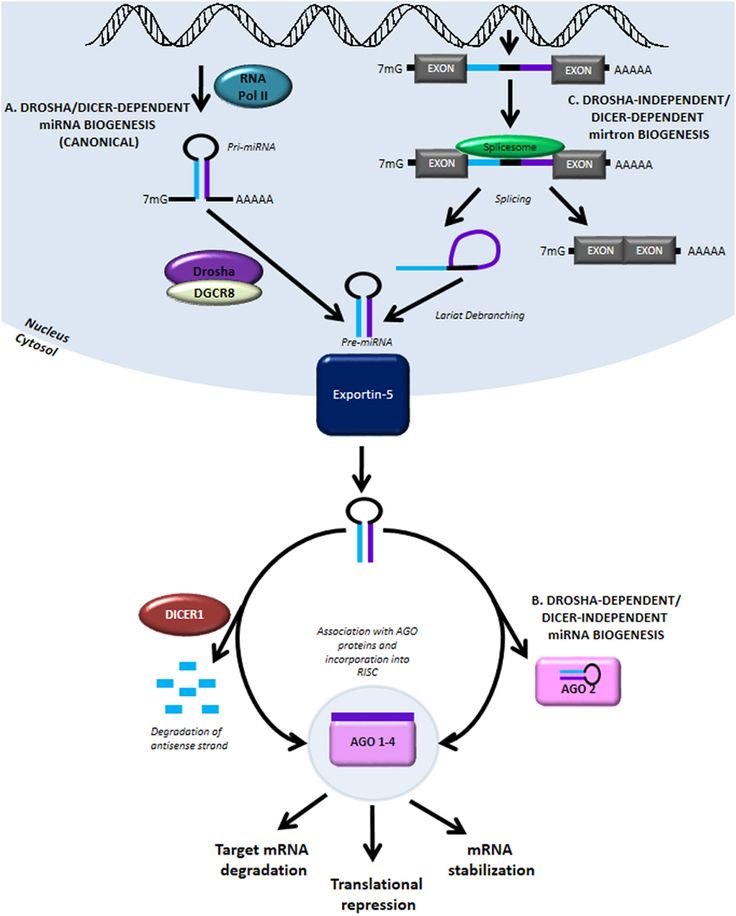 One of the stages of delivering this blow was dispossession. Within the framework of this material, we will not dwell on the issues of dispossession, since this issue has already been studied in detail in the corresponding article on the site.
One of the stages of delivering this blow was dispossession. Within the framework of this material, we will not dwell on the issues of dispossession, since this issue has already been studied in detail in the corresponding article on the site.
A new wave of political repressions in the USSR began at the end of 1934. At that time, there was a significant change in the structure of the administrative apparatus within the country. In particular, on July 10, 1934, the special services were reorganized. On this day, the People's Commissariat of Internal Affairs of the USSR was created. This department is known by the acronym NKVD. This division included such services as:
- Main Directorate of State Security. It was one of the main bodies that dealt with almost all cases. nine0012
- Main Directorate of Workers' and Peasants' Militia. This is an analogue of the modern police, with all the functions and responsibilities.
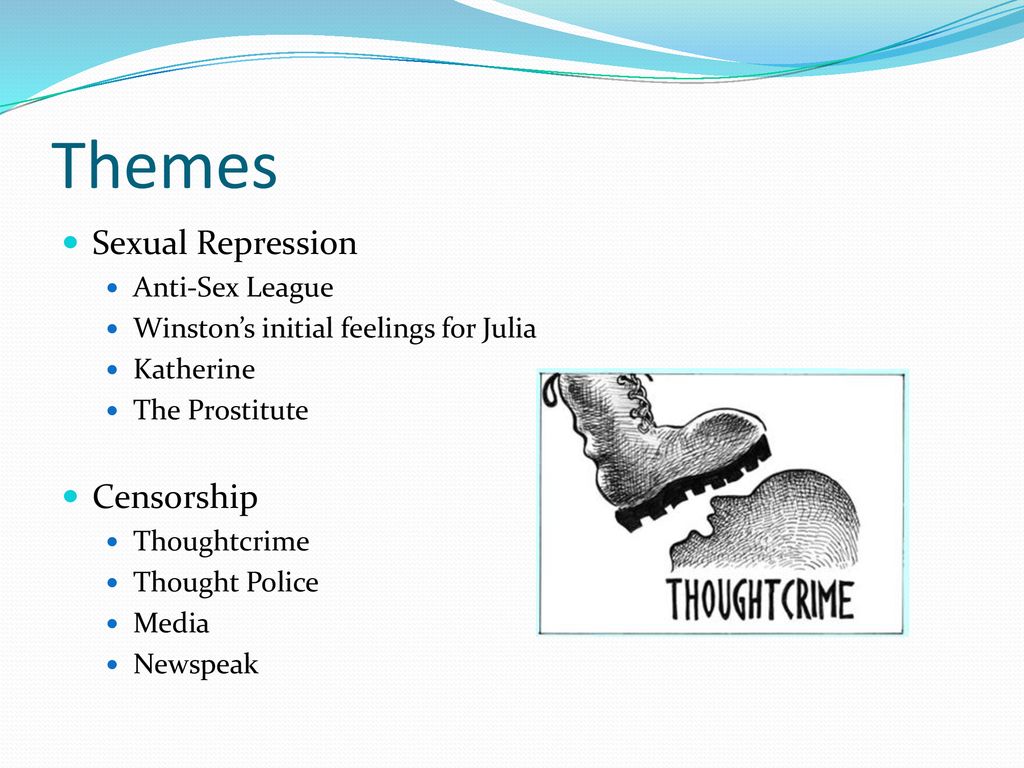
- Main Directorate of the Border Service. The department dealt with border and customs affairs.
- General Directorate of Camps. This department is now widely known under the acronym GULAG.
- Main Fire Department.
In addition, in November 1934, a special department was created, which was called the "Special Meeting". This department received broad powers to combat the enemies of the people. In fact, this department could, without the presence of the accused, the prosecutor and the lawyer, send people into exile or to the Gulag for up to 5 years. Of course, this applied only to the enemies of the people, but the problem is that no one really knew how to define this enemy. That is why the Special Meeting had unique functions, since virtually any person could be declared an enemy of the people. Any person could be sent into exile for 5 years on one simple suspicion. nine0003
Mass repressions in the USSR
guilty The events of December 1, 1934 became the reason for mass repressions.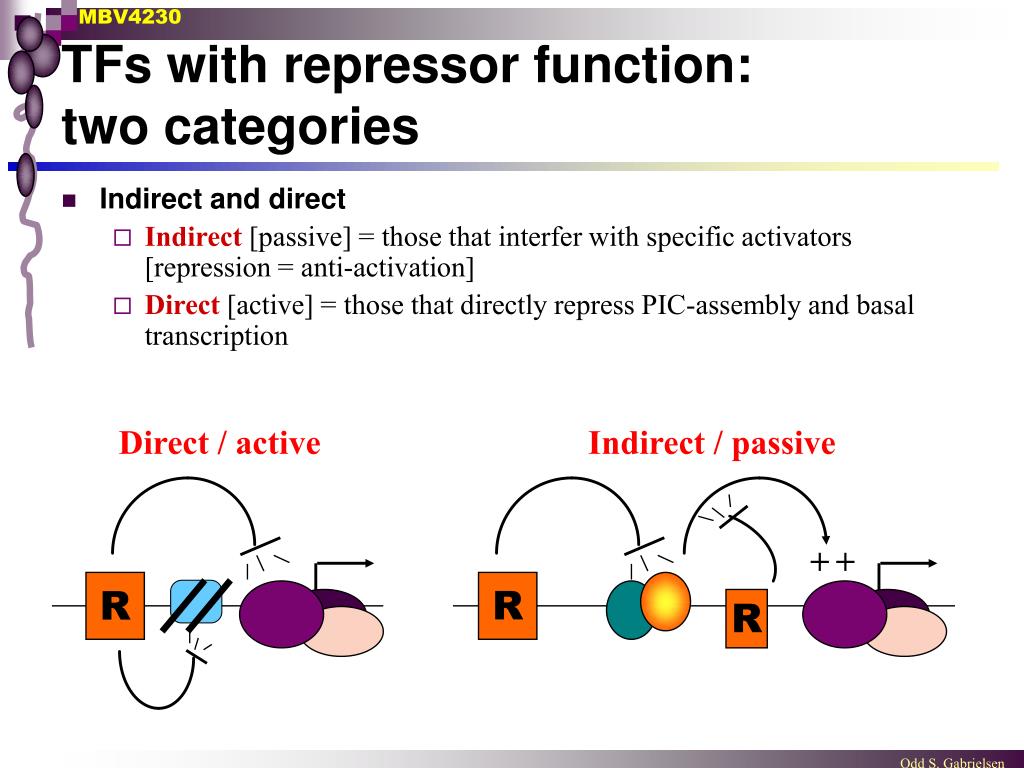 Then Sergei Mironovich Kirov was killed in Leningrad. As a result of these events, a special procedure for judicial proceedings was approved in the country. In fact, we are talking about accelerated litigation. Under the simplified system of proceedings, all cases where people were accused of terrorism and complicity in terrorism were transferred. Again, the problem was that this category included almost all people who fell under repression. Above, we have already talked about a number of high-profile cases that characterize the repressions in the USSR, where it is clearly seen that all people, one way or another, were accused of aiding terrorism. The specificity of the simplified system of proceedings was that the sentence had to be pronounced within 10 days. The defendant received the summons the day before the trial. The trial itself took place without the participation of prosecutors and lawyers. At the conclusion of the proceedings, any request for clemency was prohibited. If in the course of the proceedings a person was sentenced to death, then this measure of punishment was executed immediately.
Then Sergei Mironovich Kirov was killed in Leningrad. As a result of these events, a special procedure for judicial proceedings was approved in the country. In fact, we are talking about accelerated litigation. Under the simplified system of proceedings, all cases where people were accused of terrorism and complicity in terrorism were transferred. Again, the problem was that this category included almost all people who fell under repression. Above, we have already talked about a number of high-profile cases that characterize the repressions in the USSR, where it is clearly seen that all people, one way or another, were accused of aiding terrorism. The specificity of the simplified system of proceedings was that the sentence had to be pronounced within 10 days. The defendant received the summons the day before the trial. The trial itself took place without the participation of prosecutors and lawyers. At the conclusion of the proceedings, any request for clemency was prohibited. If in the course of the proceedings a person was sentenced to death, then this measure of punishment was executed immediately. nine0071
nine0071
Political repression, party purge
Stalin staged active repression within the Bolshevik Party itself. One of the illustrative examples of repression that affected the Bolsheviks happened on January 14, 1936. On this day, the replacement of party documents was announced. This step has long been discussed and was not unexpected. But when replacing documents, new certificates were not awarded to all party members, but only to those who "deserved trust." Thus began the purge of the party. According to official data, when new party documents were issued, 18% of the Bolsheviks were expelled from the party. These were the people to whom the repressions were applied, first of all. And we are talking about only one of the waves of these purges. In total, the cleaning of the party was carried out in several stages:
- In 1933. 250 people were expelled from the top leadership of the party.
- In 1934-1935, 20,000 people were expelled from the Bolshevik Party.

Stalin actively destroyed people who could claim power, who had power. To demonstrate this fact, it is only necessary to say that of all the members of the Politburo of 1917, only Stalin survived after the purge (4 members were shot, and Trotsky was expelled from the party and expelled from the country). In total, there were 6 members of the Politburo at that time. In the period between the revolution and the death of Lenin, a new Politburo of 7 people was assembled. By the end of the purge, only Molotov and Kalinin survived. At 19In 1934, the next congress of the VKP(b) party took place. The congress was attended by 1934 people. 1108 of them were arrested. Most were shot.
The assassination of Kirov aggravated the wave of repressions, and Stalin himself addressed a statement to party members about the need for the final extermination of all enemies of the people. As a result, the Criminal Code of the USSR was amended.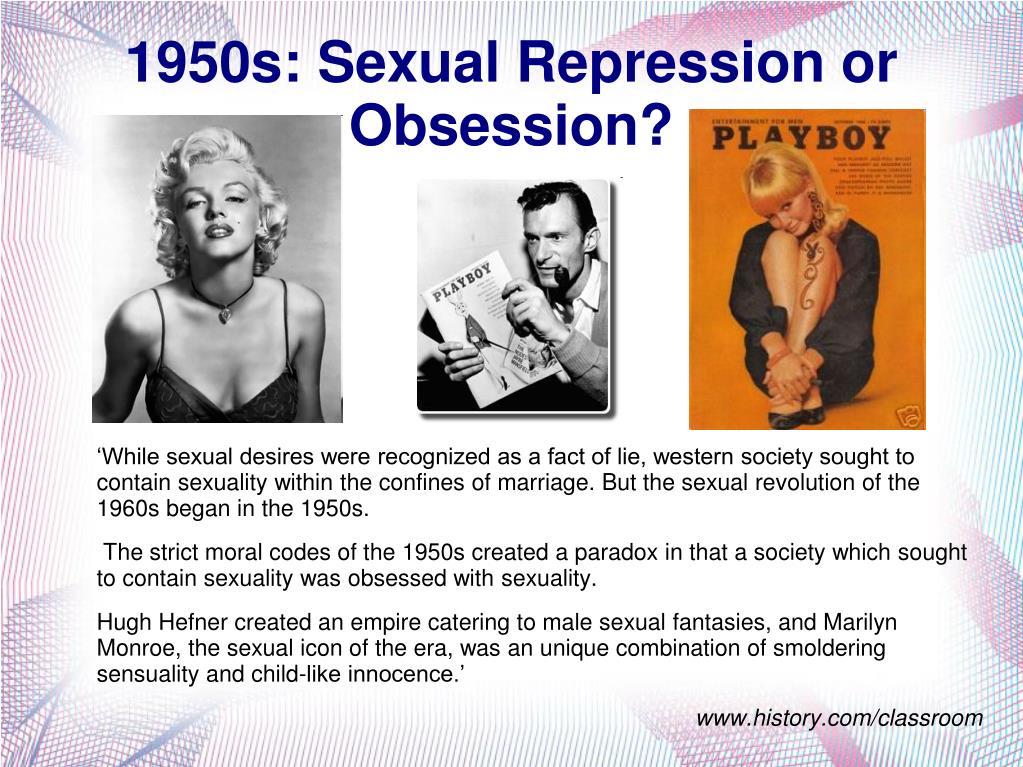 These changes stipulated that all cases of political prisoners were considered in an expedited manner without attorneys for prosecutors within 10 days. The executions were carried out immediately. At 19In 1936, a political trial took place over the opposition. In fact, Lenin's closest associates, Zinoviev and Kamenev, ended up in the dock. They were accused of killing Kirov, as well as an attempt on Stalin. A new stage of political repressions against the Leninist guards began. This time, Bukharin was subjected to repressions, as well as the head of the government, Rykov. The socio-political meaning of repression in this sense was associated with the strengthening of the personality cult.
These changes stipulated that all cases of political prisoners were considered in an expedited manner without attorneys for prosecutors within 10 days. The executions were carried out immediately. At 19In 1936, a political trial took place over the opposition. In fact, Lenin's closest associates, Zinoviev and Kamenev, ended up in the dock. They were accused of killing Kirov, as well as an attempt on Stalin. A new stage of political repressions against the Leninist guards began. This time, Bukharin was subjected to repressions, as well as the head of the government, Rykov. The socio-political meaning of repression in this sense was associated with the strengthening of the personality cult.
Repressions in the army
Marshal Tukhachevsky Beginning in June 1937, repressions in the USSR affected the army. In June, the first trial took place over the high command of the Workers 'and Peasants' Red Army (RKKA), including the commander-in-chief, Marshal Tukhachevsky. The leadership of the army was accused of attempting a coup.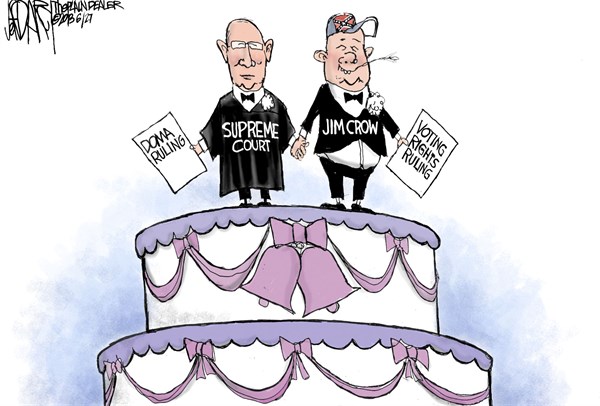 According to the prosecutors, the coup was to take place on May 15, 1937. The accused were found guilty and most of them were shot. Tukhachevsky was also shot. nine0003
According to the prosecutors, the coup was to take place on May 15, 1937. The accused were found guilty and most of them were shot. Tukhachevsky was also shot. nine0003
An interesting fact is that of the 8 members of the trial who sentenced Tukhachevsky to death, later five were themselves repressed and shot. However, from that time on, repressions began in the army, which affected the entire leadership. As a result of such events, 3 marshals of the Soviet Union, 3 commanders of the 1st rank, 10 commanders of the 2nd rank, 50 corps commanders, 154 division commanders, 16 army commissars, 25 corps commissars, 58 divisional commissars, 401 regimental commanders were repressed. In total, 40 thousand people were subjected to repressions in the Red Army. It was 40 thousand leaders of the army. As a result, more than 90% of the command staff was destroyed.
Increased repression
Beginning in 1937, the wave of repressions in the USSR began to intensify. The reason was order No.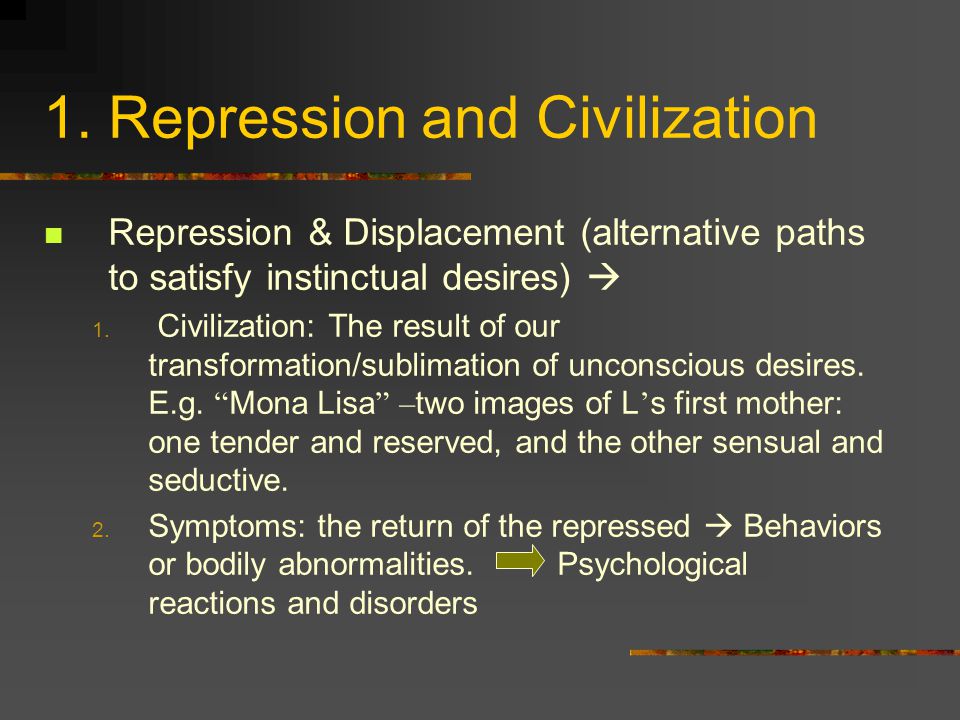 00447 of the NKVD of the USSR of July 30, 1937. This document declared the immediate repression of all anti-Soviet elements, namely:
00447 of the NKVD of the USSR of July 30, 1937. This document declared the immediate repression of all anti-Soviet elements, namely:
- Former kulaks. All those whom the Soviet government called kulaks, but who escaped punishment, or were in labor camps or in exile, were subject to repression. nine0012
- All representatives of religion. Anyone who had anything to do with religion was subject to repression.
- Participants in anti-Soviet actions. Under such participants, everyone who had ever acted actively or passively against the Soviet regime was involved. In fact, this category included those who did not support the new government.
- Anti-Soviet politicians. Inside the country, all those who were not members of the Bolshevik Party were called anti-Soviet politicians. nine0012
- White Guards.
- People with a criminal record. People who had a criminal record were automatically considered enemies of the Soviet regime.
All these categories had to be repressed.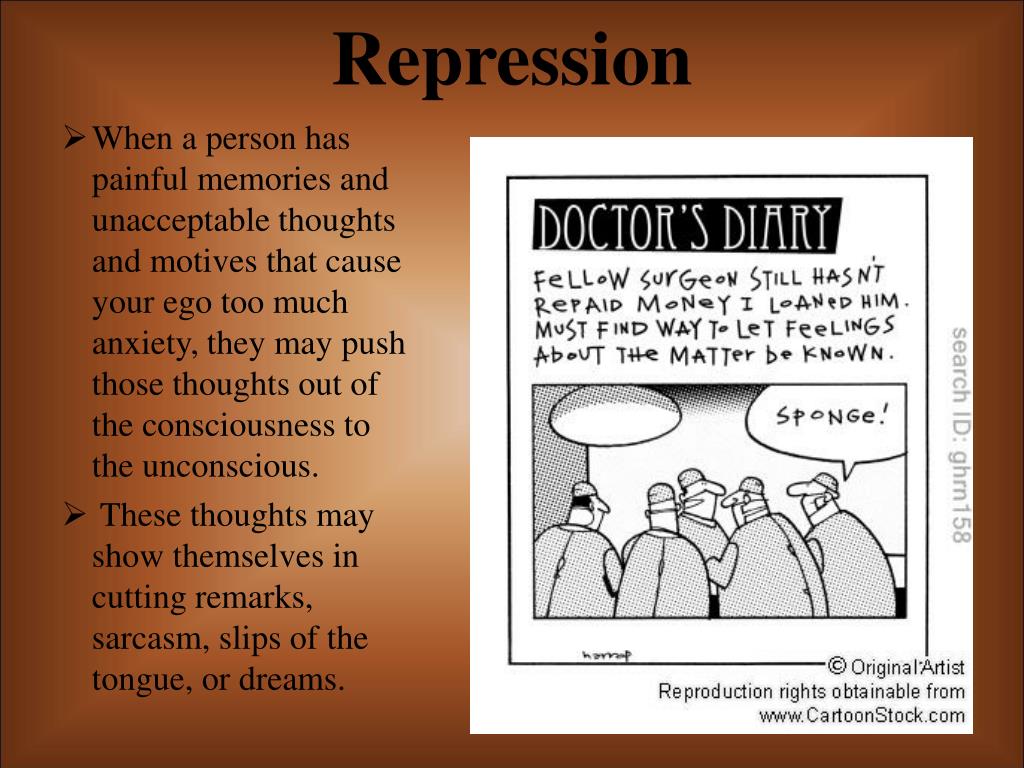 According to the order of the NKVD, all people who belonged to these categories had to be divided into two camps:
According to the order of the NKVD, all people who belonged to these categories had to be divided into two camps:
- Hostile elements. Any person who was called a hostile element was sentenced to be shot.
- Inactive elements. The rest, who were not sentenced to death, were sent to camps or prisons for a term of 8 to 10 years. nine0012
All cases were now dealt with in an even more expedited manner, where most cases were dealt with en masse. According to the same order of the NKVD, repressions applied not only to convicts, but also to their families. In particular, the following punishments were applied to the families of the repressed:
- Families of those who were repressed for active anti-Soviet actions. All members of such families were sent to camps and labor settlements.
- Families of the repressed, who lived in the border zone, were subject to resettlement inland. Often special settlements were formed for them. nine0012
- The family of the repressed, who lived in large cities of the USSR.
 Such people were also resettled inland.
Such people were also resettled inland.
In 1940, a secret department of the NKVD was created. This department was engaged in the destruction of political opponents of Soviet power abroad. The first victim of this department was Trotsky, who was killed in Mexico in August 1940. In the future, this secret department was engaged in the destruction of members of the White Guard movement, as well as representatives of the imperialist emigration of Russia. nine0003
Further repressions continued, although their main events had already passed. In fact, repressions in the USSR continued until 1953.
Results of repressions
In total, from 1930 to 1953, 3,800,000 people were repressed on charges of counter-revolution. Of these, 749,421 people were shot ... And this is only according to official information ... And how many more people died without trial or investigation, whose names and surnames are not included in the list?
Repressions in the USSR under StalinRelated resources and additional material:
- "The Military Elite of the USSR in 1935-1939: Repressions and Renewal" - Pechenkin A.
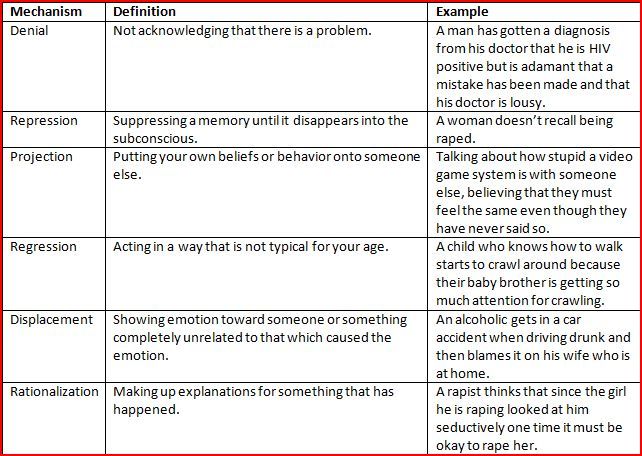 A. Moscow, 2003
A. Moscow, 2003 - "The repressive policy of Soviet power in the countryside (1928-1933)" - Ivniikiy N.A. Moscow, 2000
Repression - what is it? If you enter the query “repression” into the Google line, the search engine will return dozens of articles describing events in the USSR of the 20-50s. nine0003
For many, the concept is associated precisely with the period of Stalin's rule I.V. However, repression appeared in history much earlier.
They affected not only the Soviet Union, but also the countries of Europe, Asia and America. After reading this article, you will clearly know what repression is.
What is repression - three main features
Translated from Latin, the word repressio means " suppression ". And suppression is one of the main functions of any state. The absence of mechanisms and institutions of coercion gives rise to anarchy (what is this?) and makes society vulnerable to an external enemy.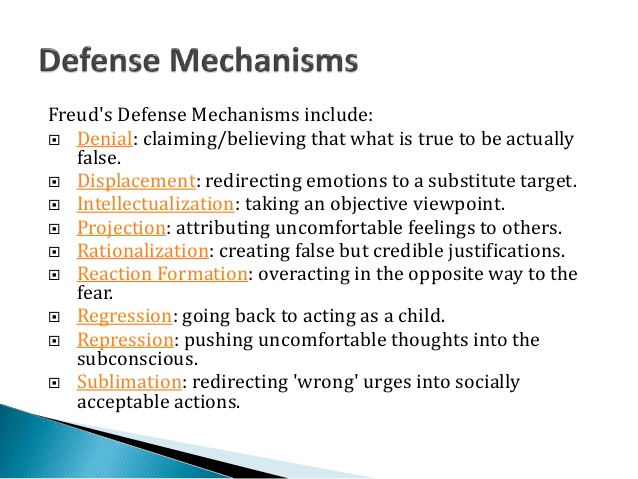 nine0003
nine0003
In a state governed by the rule of law (what is it?) suppression is balanced by legal guarantees, a fair and independent court, and effective state administration.
Only behavior that poses a real threat to the rights and freedoms of other citizens is suppressed. Coercive measures are strictly enshrined in law, and going beyond them is not allowed.
And what is repression? This is also suppression, but with additional features.
- Conducted to protect the political regime .
The main goal of repression is to preserve the existing system.
As a rule, they are aimed at certain groups of people who do not "fit" into the established social practice and ideology.
- Expressed in punitive measures .
Repression is always a severe punishment.
For example, deprivation of life, freedom, forced labor in inhuman conditions, reference to unfavorable territories for living.
 nine0003
nine0003 - Outside the legal field .
This is the key difference between the concept and ordinary state suppression.
Human rights are violated during repressions (what is it?). People can be sentenced to capital punishment by extrajudicial bodies (an example from the USSR is “troikas”).
Special orders of senior officials, torture, humiliation of human dignity, fabricated criminal cases are spreading.
In the explanatory dictionary of Ozhegov S.I. written,
that reprisals are punitive measures emanating from state bodies.
But from the point of view of history and jurisprudence (what is it?), such a definition of is not exact . After all, liability provided for in the Criminal Code for crimes can also be attributed to punitive measures. Punishments are applied within the legal field, therefore they do not apply to repression.
What happened in the USSR during the Stalinist repressions
The period of 1920-1950s can be characterized as a manifestation of repressions in a radical form. Most complete Stalin I.V. gave the ideological justification for the repressive policy. in 1928, speaking at the Plenum of the Central Committee of the All-Union Communist Party of Bolsheviks.
Most complete Stalin I.V. gave the ideological justification for the repressive policy. in 1928, speaking at the Plenum of the Central Committee of the All-Union Communist Party of Bolsheviks.
He said that subsequently the class struggle would intensify even more. Consequently, the state will take upon itself the task of crushing the resistance of the exploiters (who is this?) who hinder the progress of the working class and peasants.
Stalin's repressions acquired their most massive character in the 1930s. They had the following features.
- The Soviet government suppressed not only potential but also imaginary enemies. In the documents of the state security agencies (in particular, the NKVD), people were called "anti-Soviet elements."
Representatives of almost all social groups fell under the distribution: party leadership, military leaders, scientists and artists, national minorities. Even the workers and peasants did not stand aside.
The practice of denunciation and slander has become widespread. Many Soviet citizens abandoned friends and relatives in order to protect themselves from scrutiny by the authorities. nine0012
- Special severity of measures. Depending on the calculation method, the number of victims shot during the period of Stalinist repressions ranged from 800 thousand to 1.1 million people.
Even more Soviet citizens died during resettlement and in labor camps from disease, starvation, and beatings. For example, during a sea crossing, prisoners were given 3 scoops of "zatirukha" per day - a mixture of flour, salt and water.
After the trip, they were thrown directly onto the snow, then settled in barracks without stoves. In the Gulag camps, people worked for 18 hours, eating only bread. nine0003
P.S. In fairness, it should be said that it is impossible to measure those times with "our standards" .
For example, in the USA at the same time more than 7 million people died of famine in the Great Depression .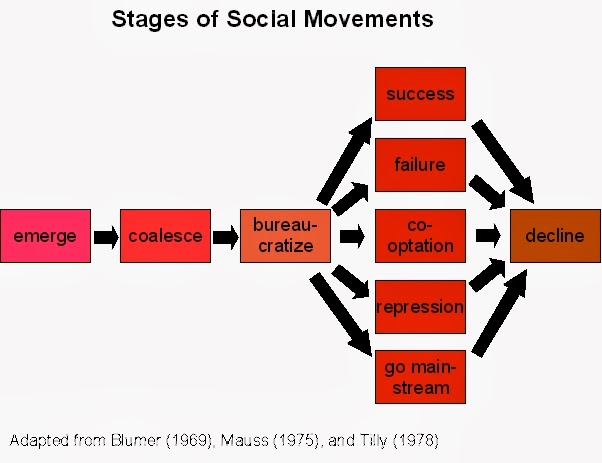 And those who survived worked 18-20 hours on public works (built roads and other infrastructure) for food.
And those who survived worked 18-20 hours on public works (built roads and other infrastructure) for food.
Do you think there was a significant difference for those who worked in inhumane conditions for a bowl of food? That they were exiled by the "regime" or that they were put on the brink of survival by "rabid capitalism"? The result is the same, but the reasons are different. nine0003
Historical examples of repressions in other countries
There is an erroneous opinion that repressions are an invention of the Soviet power and the embodiment of a totalitarian political regime (what is it?). However, history knows many other examples.
- China's Great Leap Forward policy under Mao Zedong. It included radical collectivization, the seizure of grain from the peasants, forced labor in the fields.
- Introduction during World War II to the US concentration camps for the Japanese. Even people with American citizenship got there. nine0012
- "Age of Terror" after the start of the French Revolution.
 During this period, the Jacobins carried out mass executions of their political opponents. The repressive measures also affected civilians.
During this period, the Jacobins carried out mass executions of their political opponents. The repressive measures also affected civilians. - "Dirty War" in Argentina. It was expressed in mass arrests, torture and killings of left-wing activists.
- US prisons outside their territory (Guantanamo Bay, Abu Ghraib), where no prohibitions apply and do not even think about human rights. People have been sitting there for decades without charges, sentences or trials. They are constantly subjected to torture, torture and humiliation. nine0002 And think about it!!!! This is not a story!!! This is happening right now. The “most democratic” state in the world is carrying out repressions in front of the eyes of the whole world (and the UNPO), and this world is “silent in a rag”, because the Americans can — they are special (non-judgmental, exceptional).
In addition, large-scale repressions took place in the history of the following countries: Cuba, Chile, Poland, Germany, Ethiopia, Japan, England.